Some main cultivation techniques to be mastered in cultivating orchids
First, watering
Orchids should be dry rather than wet. According to the experience of florists, it is better to keep orchids two parts wet. When watering, it should be watered from the edge of the basin, not directly watered the orchid plant and orchid heart, lest the orchid root rot. Rain Water is preferred for water use, and spring water is secondary. If tap water is used, it should be stored in the open air for one day before use.
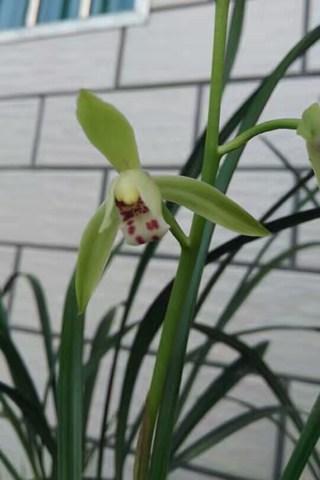
II. Fertilization
In the process of orchid culture, we can not apply more fertilizer, but we also have to apply fertilizer. There should be less fertilization in spring and summer, and more times in autumn. Orchids are dormant in winter and can not be fertilized. The orchid leaves are yellow, but some fertilizer can be applied, and the orchid leaves are black, so fertilizer should be stopped.
III. Place
The place where orchids are placed directly affects the normal growth of orchids. If placed in the open field, it is best to put it on an orchid rack to ensure that the air is moist and light for two hours a day. If placed indoors, it is necessary to ensure adequate light and good ventilation.
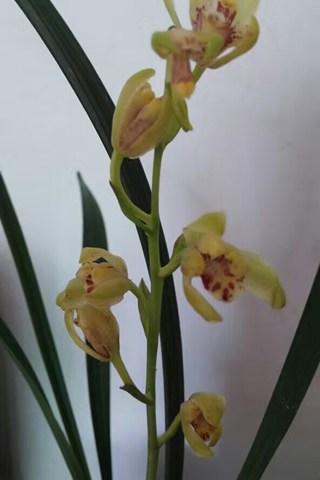
4. Shade
Orchids are afraid of strong sunlight and need proper shade. Especially in summer, orchids should be placed in the shade, as long as you can ensure that there is an oblique shining over for about two hours, then turn to autumn, when the sun is weak, the sun can be appropriately delayed.
Fifth, rainproof
Light rain has little effect on orchids, but in the plum rain season, it will cause stagnant water in the orchid root, damage the orchid root, and even cause the orchid root to die, so it is necessary to take good rain protection measures.
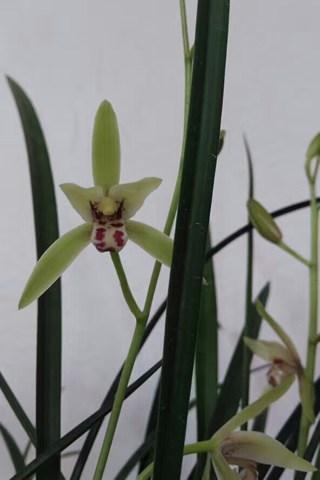
VI. Divide the basin
After the orchid grows full of pots, it is necessary to divide the pots, usually once every two years, and it is appropriate to divide the pots in summer and autumn. When dividing the basin, the plant is turned out, separated according to the natural plant, trimmed off the residual roots and leaves, washed with clean water, put to dry, and then put on the basin. Source: Lao Yao blog
- Prev
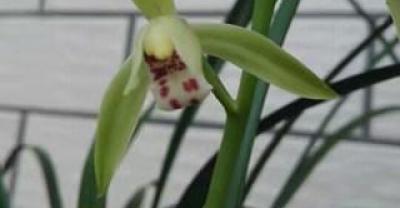
Bamboo rat culture technology: bamboo rat culture conditions, what is the prospect of bamboo rat culture
I received a phone call from some farmers these days. His bamboo rat gave birth normally last year, and the number of babies is also ideal, but a large part of them have not yet been born this year.
- Next
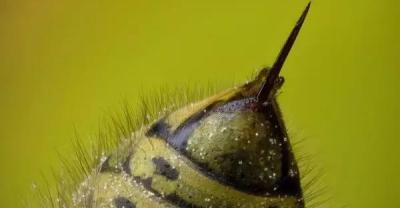
Eight-step detailed explanation of culture and cultivation methods of orchids
Many friends like potted orchids. I am also a person who likes to raise orchids. I also found a lot about the cultivation methods of orchids, the most detailed of which are these eight.
Related
- On the eggshell is a badge full of pride. British Poultry Egg Market and Consumer observation
- British study: 72% of Britons are willing to buy native eggs raised by insects
- Guidelines for friendly egg production revised the increase of space in chicken sheds can not be forced to change feathers and lay eggs.
- Risk of delay in customs clearance Australia suspends lobster exports to China
- Pig semen-the Vector of virus Transmission (4)
- Pig semen-the Vector of virus Transmission (3)
- Five common causes of difficult control of classical swine fever in clinic and their countermeasures
- Foot-and-mouth disease is the most effective way to prevent it!
- PED is the number one killer of piglets and has to be guarded against in autumn and winter.
- What is "yellow fat pig"? Have you ever heard the pig collector talk about "yellow fat pig"?

